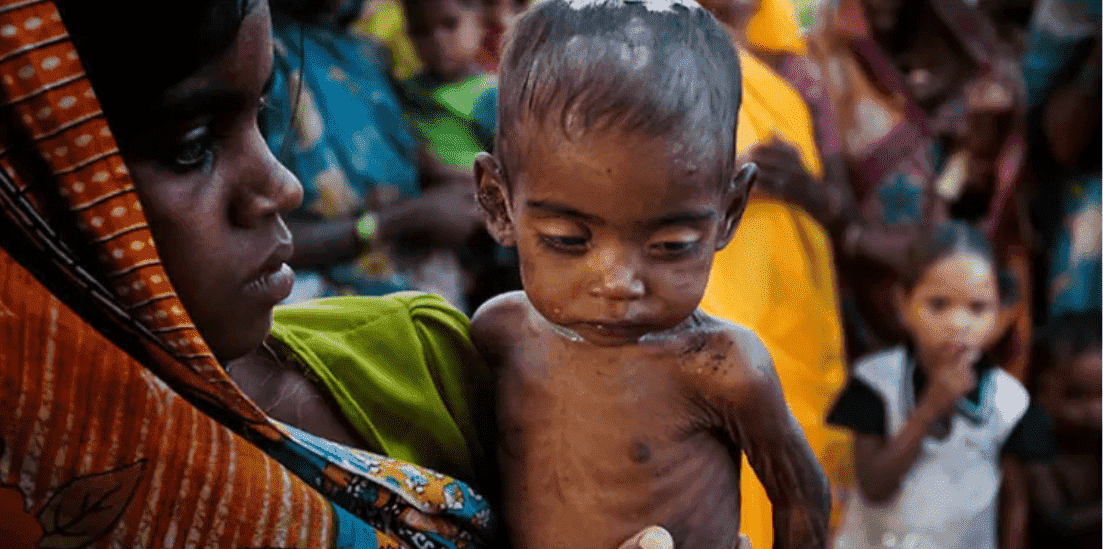
An approximate of 20% of children in India below the age of five years suffer from wasting, often known as “poor weight-for-height,” which is the most obvious and more often than not fatal type of malnutrition. India is ranked 107th out of the 121 nations having enough data to compute the 2022 Global Hunger Index rankings. The country has a significant degree of hunger with a score of 29.1, and India’s low ranking is mostly due to the country’s high rates of child stunting and wasting. From 54.2% in 2000, child stunting in India has significantly decreased to 34.7% in 2020. However, it is still one of the worst in the world. India’s Response The ministry has claimed that the index was based on a survey of public opinion. Additionally, in response to the alarming survey, further rejecting the GHI reports, the Ministry of Women and Child Development questioned the writers’ objectives. The ministry stated that the inaccurate survey seems to falsely dismiss the initiatives presently in operation, the same also conclusively tainting the government’s image globally. The report’s authors have made it clear that the GHI depends on data submitted by its members, including India. The methodology argument isn’t resolved, however such arguments and discussions can play a crucial role in understanding and addressing the underlying causes for the issue as well as in making necessary developments in the pre-existing programmes and initiatives. With more information, such as that on food intake in households, the conversation about nutrition may become more detailed. Cause of Crisis According to data for India from 1991 to 2020, children from homes that experience a variety of kinds of hardship are more likely to be stunted or wasted. These include a lack of food variety, poor maternal education, and poverty within households. India already has two effective government programmes to combat malnutrition, the national health Mission and the Integrated Child Development Service, but both do not yet reach enough people. Additionally, the delivery system is weak and corrupt, with some researchers estimating that 40 percent of the food subsidies never make it to the intended users. India already has two effective government programmes to combat malnutrition, the national health Mission and the Integrated Child Development Service, but both do not yet reach enough people. Additionally, the delivery system is weak and corrupt, with some researchers estimating that 40 percent of the food subsidies never make it to the intended users. Measures Taken by Organisations Through its numerous organisations, funding, and programmes, the UN collaborates with countries and individuals around the world to achieve the Sustainable Development Goals (SDGs), which include eliminating all kinds of hunger and malnutrition. To end hunger, poverty, and malnutrition, India must show the same adaptability and creativity. Together with its friends, the UN is addressing the health crisis and preventing it from turning into a food tragedy. In addition to fighting hunger and food insecurity, the government must evaluate the nation’s shortcomings. India has been fighting an ongoing battle because of its rapid population increase. A country’s ageing population structure may gradually reduce the labour force needed for food production, hence reducing the amount of food available. This has caused the future development of food production to shift its emphasis from labour expansion to technological innovation.
27 Oct 2022
Nandini Tupe